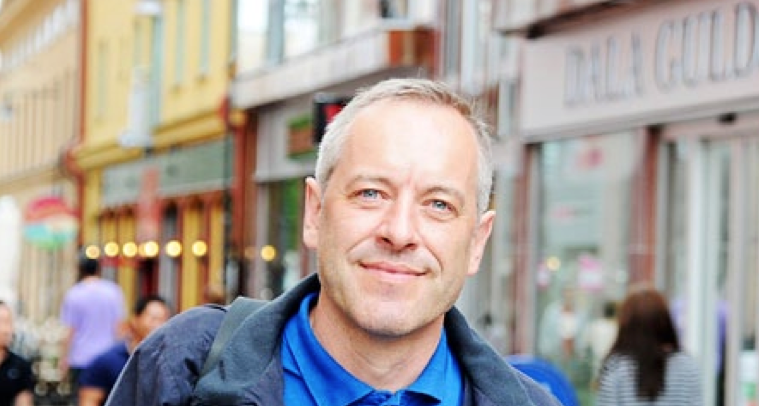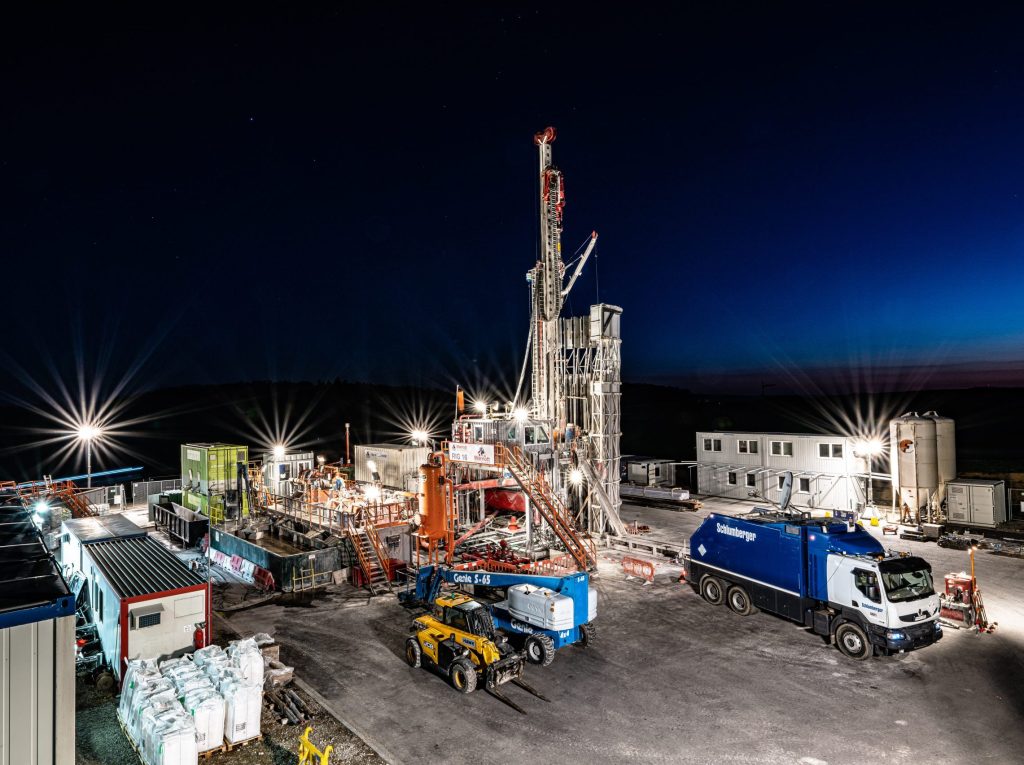Scotalonia’s Jura(ssic) moments
Scotland’s no-vote and Catalonia’s non-vote highlight an important distinction between “ethnos” and “demos” – and remind us of how the Swiss Jura question has been solved by direct democracy instead of pure nationalism, writes Bruno Kaufmann, editor-in-chief at people2power.infoExternal link.

Emotions have reached new heights in the North and South of Europe after Scotland’s no-vote to leaving the UK on September 18 and the Catalan president’s decision to downgrade the November 9 popular vote into an “unofficial” consultation about the country’s constitutional future.
While unhappy losers in Scotland cried foul about the referendum processExternal link, Catalan politicians proposed to “to declare independence and start the process to create a Catalan RepublicExternal link”.
In spite of hopes and expectations expressed by representatives of central political powers in London, Madrid or Brussels, the desire for more self-determination across “Scotalonia” (here used as a term for Scotland and Catalonia but also as a notion for similar tensions in other nation states) will not go away – and should not be ridiculed and downsized to a pre-modern nationalistic concept.
The challenge is to overcome these simplistic tactics of opposite sides in the current “Indyref” (Independence referendum) developments by strictly adhering to (direct) democratic strategies and priorities. Luckily and wisely, a majority of people and political leaders in Scotland and Catalonia seem to understand this so far.
This is underlined by the absence of (separatist) violence in both cases and statements to formally accept the no-vote (by the people of Scotland) and the non-vote (by a decision of the Spanish Supreme Court).
But as little as the mainstream “devolution” mood will go away, strong forces in all involved camps (and across the world) will continue to trigger nationalistic emotions and divisive rhetoric. So it makes sense to look forward by looking back into a similar challenge in the heart of Europe, the Jura question.
Jura question
As with many other national conflicts across Europe, the “Jura question” emerged out of the Vienna Congress in 1815, when a former catholic principality was merged into a protestant canton of the Swiss Confederation, Bern. In addition to the religious divide, the (minoritarian) Jura region differed in language (French) from the majoritarian (German-speaking) Bern.
But it was not until after the Second World War that this smouldering conflict escalated into dangerous nationalistic fire, highlighted by the establishment of the Jura Liberation Front, which carried out bomb and arson attacks against institutions and representatives of the Bern government.
The trigger for this development was not a problem within the majority, but growing social problems between the dominant centre and an increasingly marginalised periphery. However, political agitators on both the Jura and the Bern side created a divide under the banner of nationalism – as they argued for and against an “independent Canton of Jura” based on language, religion and ethnicity.
Similar to (so far) contemporary Scotland and Catalonia, these forces did not prevail as another option was chosen: the process of (direct) democracy. Indeed the fine-tuning of various interests has involved more than 30 popular initiatives, referendums and popular votes on all political levels in the Jura Region, the Canton of Bern and the Swiss Confederation since 1950.
This avenue has given all stakeholders the opportunity to make their voices heard and to minimise the number of losers as much as possible. As in Scotland (in 1979) and Catalonia (in 2006) it started with an initial (regional) referendum on autonomy/devolution in 1950.
While fast-track popular initiatives by radical forces towards independence were voted down at the ballot box (e.g. in 1959), more gradual proposals towards self-determination were approved clearly in the early 1970s.
But the direct-democratic calibration did not end with these popular votes involving all citizens of the Jura region. Additionally, citizens in divided border municipalities could choose in local referendums which canton they wanted to belong to.
Conflict resolution
Meanwhile, a Swiss-wide referendum was held in September 1978, allowing the people of (northern, catholic, French-speaking) Jura to create their own “sovereign republic” within the Swiss Confederation.
This federal vote by Swiss citizens was preceded by an appeal of the Swiss president, Willy Ritschard: “On September 24, a region will ask the Swiss people for the right to become a separate canton. We want to show that we know how to act as democrats. Democrats respect minorities. They resolve their conflicts in a peaceful and sensible way”.
While nationalistic forces believe they are able to solve a conflict by a single vote for separation, true democrats understand that each decision is preliminary. But our “Jurassic moments” do offer informative hints about what will happen next across “Scotalonia”.
Since the “big” decision across the Swiss Confederation to allow the creation of the new canton, many more “smaller” decisions have been taken – again on all political levels – including (regional) popular votes based on citizens initiatives to “reunite” the southern (French-speaking, protestant) Jura with the canton in the north or even federal referendum on allowing a small municipality (Vellerat, 70 inhabitants) to switch from Bern to Jura (in 1996).
As late as in November 2013, popular votes were held both in the (northern) Canton of Jura and the (southern) region (belonging to Bern) about a “reunification”. While 76.6% of the canton said yes, 71.85% of the citizens in the southern part voted no.
Still, one municipality, the city of Moutier (today belonging to the Bernese Jura), was in favour – and will now hold a new local vote next year to switch to the Canton of Jura. Again such a (local) decision will have to be approved later by the people of the Canton of Bern – and in the end by all Swiss voters!
Togetherness
What seems to be a very cumbersome, costly and lengthy way to deal with questions of “self-determination” turns out to be the most peaceful, constructive and efficient way forward.
By choosing the democratic path, you create a more comprehensive feeling of togetherness (“We in Scotland”) than if the pre-political nationalist forces prevail (“We Scottish”).
For this reason, new and many more opportunities for initiatives, referendums and popular votes on and about autonomy, self-determination and sovereignty will come up and should be welcomed.
However, what the Jura(ssic) moments should teach us in “Scotalonia” and beyond is that there is not just the need to make the correct choice between “demos” (the people in a nation) and “ethnos” (an ethnic group).
There is also the necessity to understand and implement such a “people power” choice on all related political levels – by involved citizens and their leaders, not just in Edinburgh and Barcelona, but also in London, Madrid, Brussels, Washington, Moscow, Beijing and many other political centres across the globe.
Opinion series
swissinfo.ch publishes op-ed articles by contributors writing on a wide range of topics – Swiss issues or those that impact Switzerland. Over time, the selection of articles will present a diversity of opinions designed to enrich the debate on the issues discussed.

In compliance with the JTI standards
More: SWI swissinfo.ch certified by the Journalism Trust Initiative









You can find an overview of ongoing debates with our journalists here . Please join us!
If you want to start a conversation about a topic raised in this article or want to report factual errors, email us at english@swissinfo.ch.